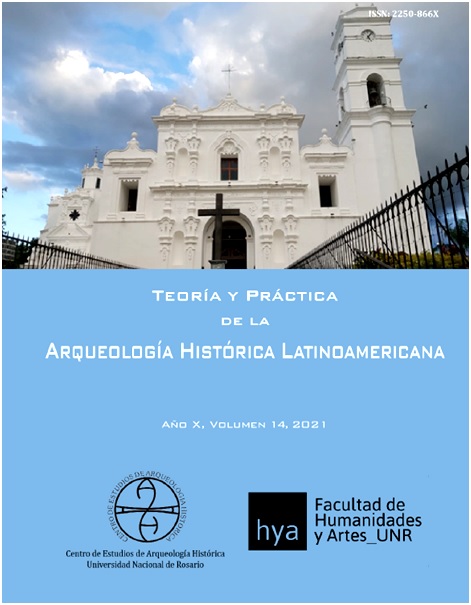DETERMINATION OF MATERIALS AND METHODS USED IN THE MANUFACTURE OF A WELTKLANG SAXOPHONE MADE IN EAST GERMANY IN 1960 BY MEANS OF ARCHAEOMETRIC TECHNIQUES
DOI:
https://doi.org/10.35305/tpahl.v14i1.151Keywords:
Characterization study, archaeometric techniques, saxophone, manufacturing methods, ancient musical instrumentsAbstract
The present work shows a characterization study by means of archaeometric techniques of the materials used for the manufacture of a "Weltklang" saxophone from the formerly German Democratic Republic. For fulfill this purpose, X-ray fluorescence, optical microscopy, scanning electron microscopy with dispersive energy analysis and thermogravimetry studies, were implemented. The saxophone was manufactured in 1960, being part of the Weltklang (B&S) line of saxophones with serial number 32936, and remained in use until 2002. The results showed that the base material of the sample was brass, with a composition (Cu- 28% mass Zn); which conforms to current compositions for brasses internationally. Regarding the silver layer observable on the surface of the instrument, the analyzes allowed to determine that it was probably promoted by the immersion of the instrument in a plating bath composed of silver cyanide, potassium cyanide and potassium carbonate. Therefore, the implemented method for plating the instrument and also the components of the used bath were determined. In turn, different types of imperfections were found in the samples that correspond mainly to the inner side of the instrument, which indicate the existence of faulty areas of the bathing process. These areas were probably repaired by the local deposition of melted silver above those faulty areas. The data obtained in this study show the potentiality of the use of archeometric techniques to infer the methods used in the manufacture of ancient musical instruments. Consequently, the viability of archaeometry for the reconstruction of the elaboration procedures of those musical instruments which can be recovered in archaeological contexts has been shown.







